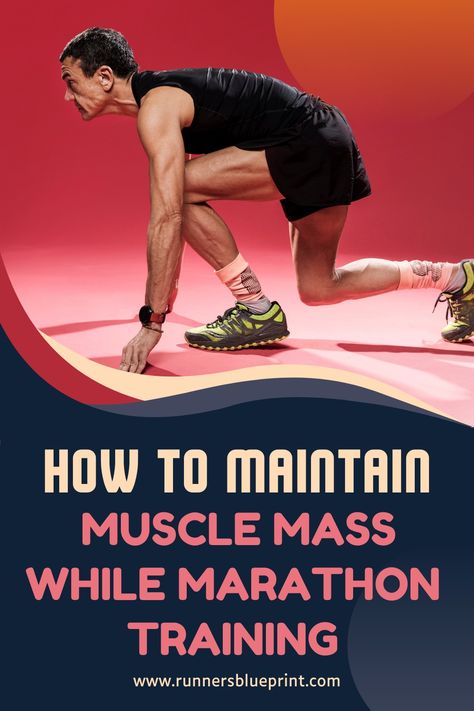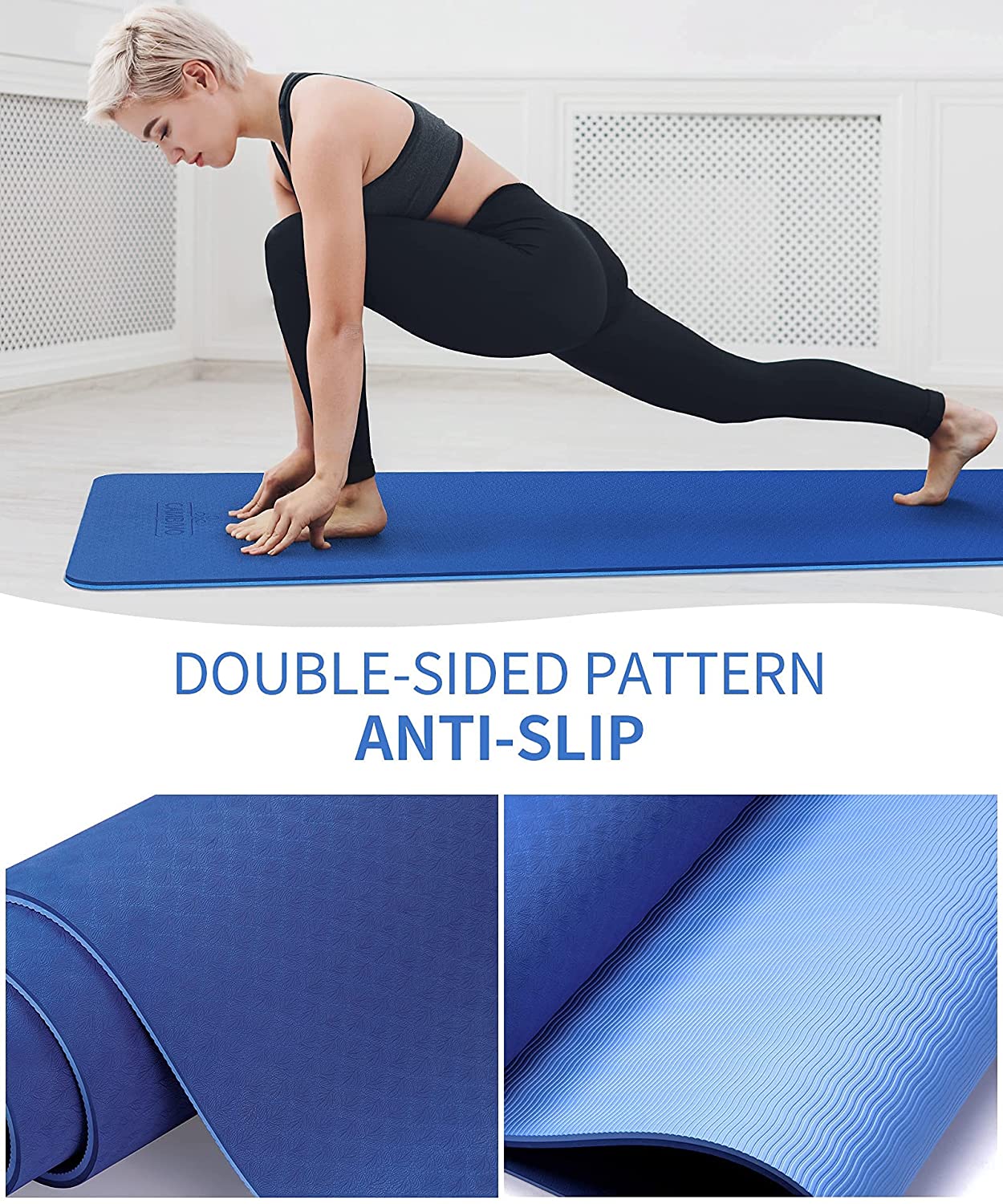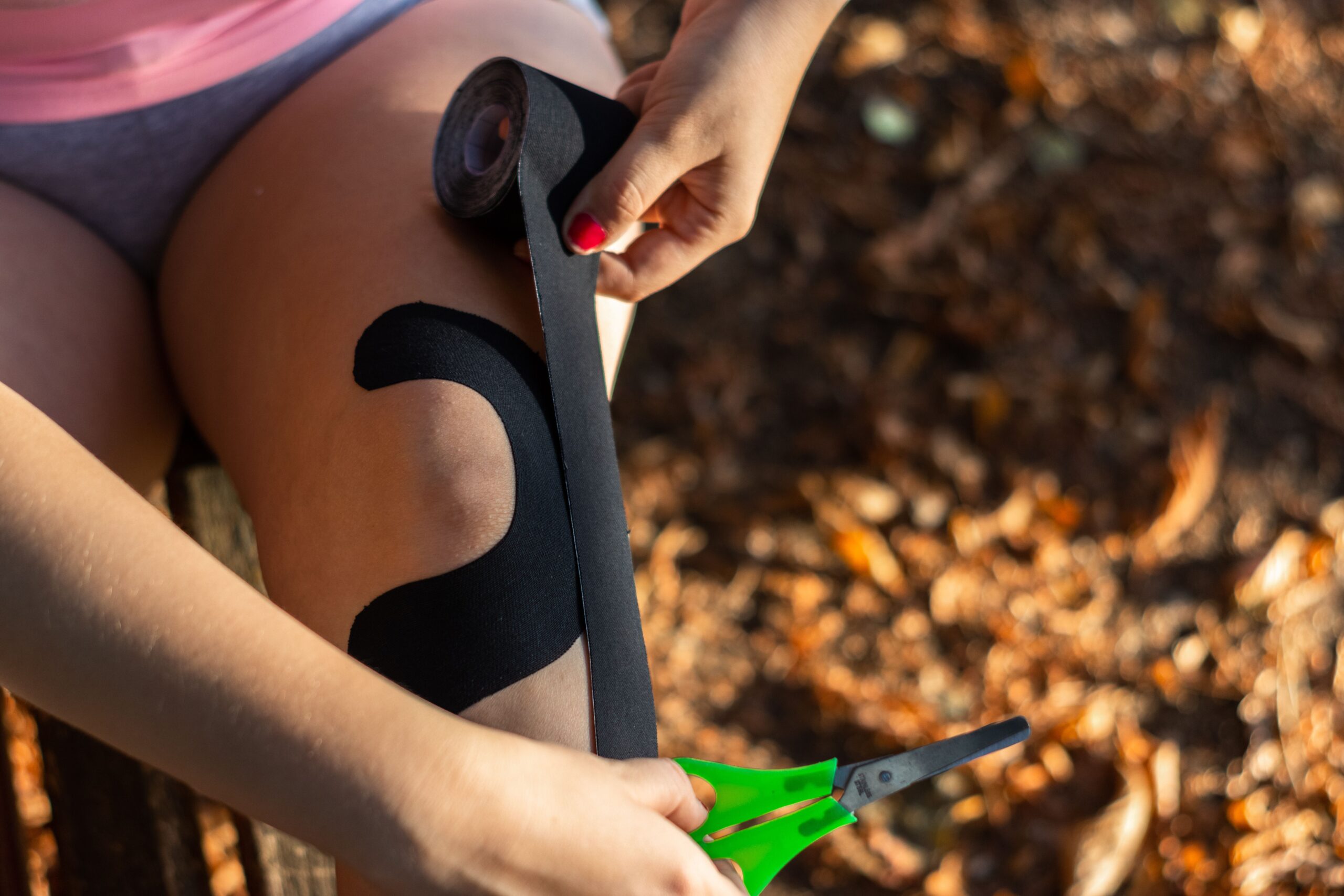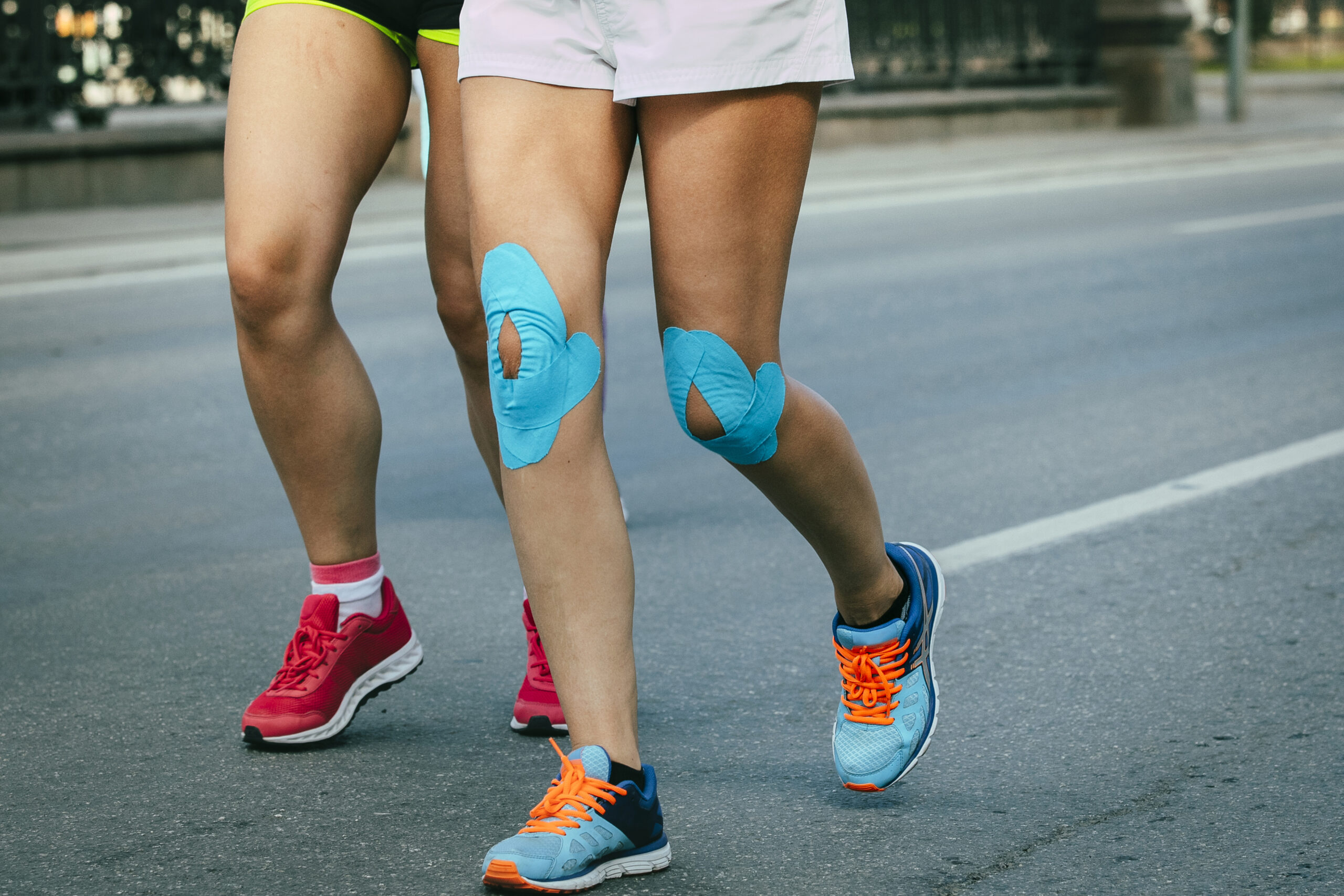Creatine monohydrate is an organic compound found in muscle and brain cells where it boosts levels of adenosine triphosphate, or ATP. ATP is the primary source of energy in a cell and is essential to endurance muscle activity.
Creatine has long been used by both professional athletes and regular gym goers as a dietary supplement to improve athletic performance. In this article, we’ll give you the rundown on how creatine monophosphate can help you reach your fitness goals.
Why Do Athletes Use Creatine?
Amongst the best creatine effects are a marked increase in strength, performance, and muscle mass. By increasing the amount of work your muscle cells can do, creatine ensures that you are able to push yourself as hard as possible during your workouts.
For athletes this may be the difference between a good training session and smashing a new record. Research has shown that creatine is particularly helpful in high intensity exercise and generates an average 15% increase in exercise performance.
Consistent use of creatine has been associated with extended elevated ATP levels in cells, allowing them to work harder. Working your muscles harder means they will grow faster when paired with adequate recovery periods.
How Does Creatine Work?
Creatine increases the amount of energy your cells can produce. During exercise, your muscle cells burn through their supply of ATP and eventually tire. Creatine boosts the amount of ATP available to your cells, increasing how much work the cells can do and therefore increasing your muscle power. This translates into better sprint times, greater lifting strength and more reps, plus long-term muscle growth.
Muscle mass increases as muscle fibers go through tear-repair cycles. More available energy in your muscles lets you push beyond your normal level of effort, introducing more tears to the muscle fiber, and allowing more repair and growth during recovery. Having all this extra ATP in your muscle cells lets you work them harder, giving you results both in the moment and at a later point.
Does Creatine Help with Fitness?
Creatine has consistently been found to improve fitness. Athletes taking creatine supplements perform better in their sport, show greater muscle mass, and have improved endurance and short-burst activity ability.
No matter your fitness goals, if you are exercising consistently at the gym or out on the track, creatine is likely to give your fitness journey a boost and help you reach your goals faster.
If you’re looking to use it for fitness, we recommend going with a Creatine Monohydrate product. Our favorite product is Huge Creatine by Huge supplements, as their product is a monohydrate tablet form.
Creatine Weight Loss
Can creatine help you lose weight? No. Can it help you lose body fat? Yes! Many people who take creatine find that their weight may increase – but this isn’t the same as gaining body fat. Because creatine helps you improve your exercise performance and grow your muscle mass your weight can go up as you are adding more muscle to your frame.
But this doesn’t mean you’re piling on fat – in fact, it means the opposite. Muscle weighs more than fat, so you may notice an increase in body weight but a drastic change in your body composition.
What Is a Good Creatine Dosage?
But what about creatine dosage? The questions of how much creatine you should take, when you should take creatine, and whether to load creatine, are all important considerations in your supplement routine.
During creatine loading you take a larger dose of creatine over several days to maximize creatine stores in your cells, before tapering off to a consistent lower dose.
A common strategy is to take 20 grams over a week before reducing your dose to between 2 and 10 grams daily. This fills up your stores and keeps you topped up with extra cell energy for your workouts.
You don’t have to load creatine to still see results. You can opt for a steady dose approach where you consistently take around 5g of creatine every day. This will have less dramatic effects om your creatine stores but will still help you reach your fitness goals in the long term.
Additional Resource – Creatine For Runners
Is Creatine Safe?
Yes, creatine monohydrate is safe to use within normal limits and is not associated with loads of nasty side effects. This clever compound has been studied extensively in both athletes and normal gym goers and has consistently been found to be safe.
When you’re choosing your supplements, bear in mind the different forms of creatine on the market. Creatine monohydrate is the most common and the most researched but other forms available include creatine hydrochloride, creatine ethyl ester, creatine magnesium chelate, and buffered creatine.
These creatine variations don’t have as much information on safety and effectiveness, so do your research before straying from the well-established creatine monohydrate path.
Final Thoughts
Creatine monohydrate has been around for a long time and has the research to prove it. It is a safe and effective way to improve your athletic performance, strength, and endurance. If you are looking to boost your fitness routine – then try creatine to help you reach your fitness goals.
Author Bio – With over a decade of training experience, Steven has a passion for anything fitness and bodybuilding-related. He has educated himself on every aspect of the sport, including training, nutrition, and supplementation. Throughout the years, he found out exactly what works and what doesn’t.


















